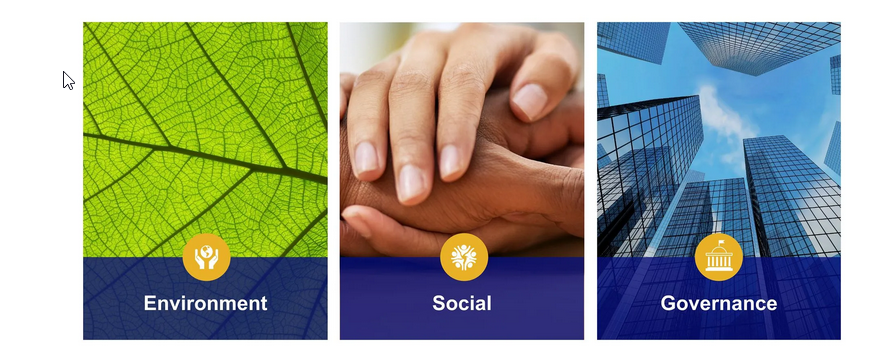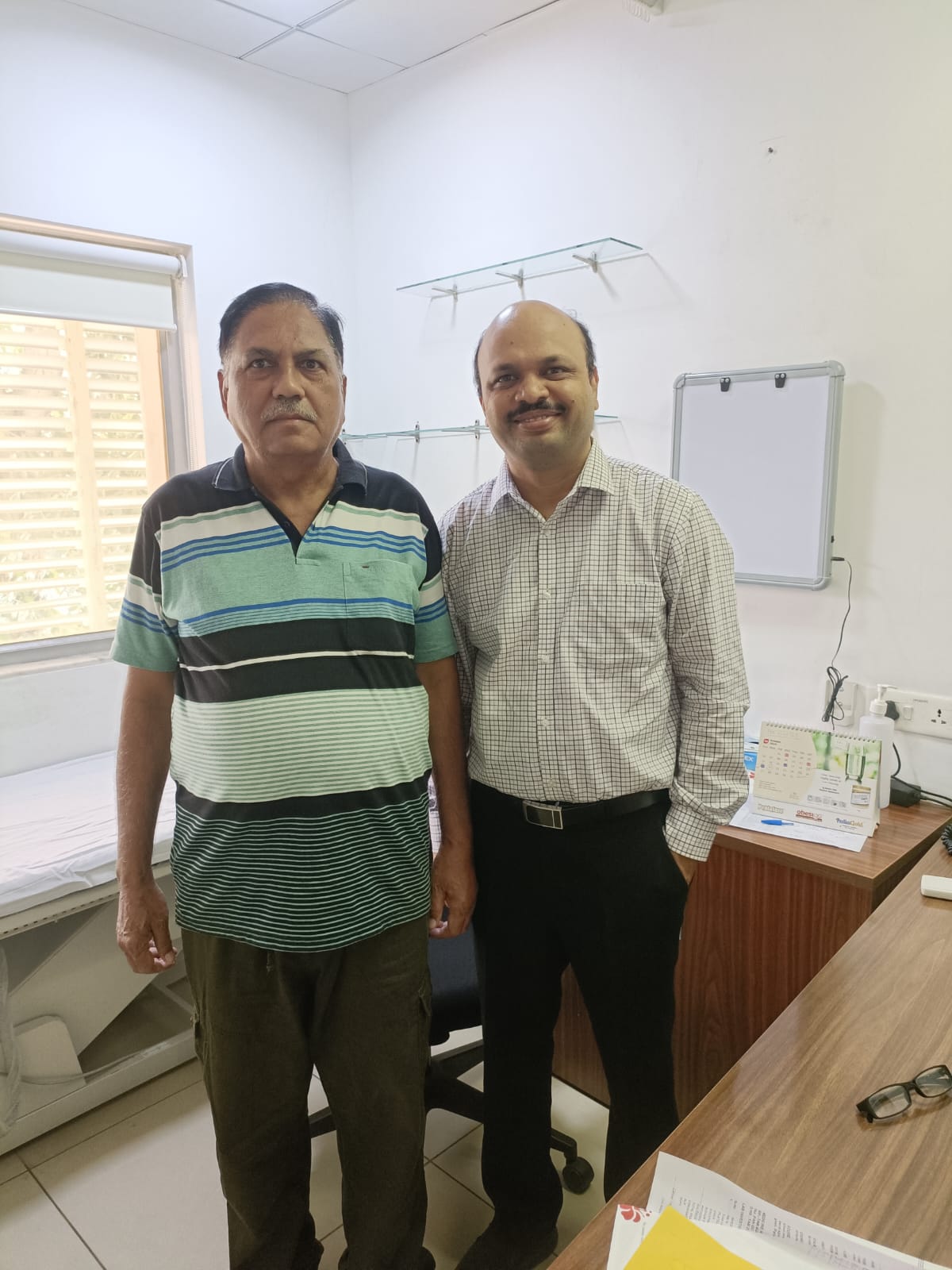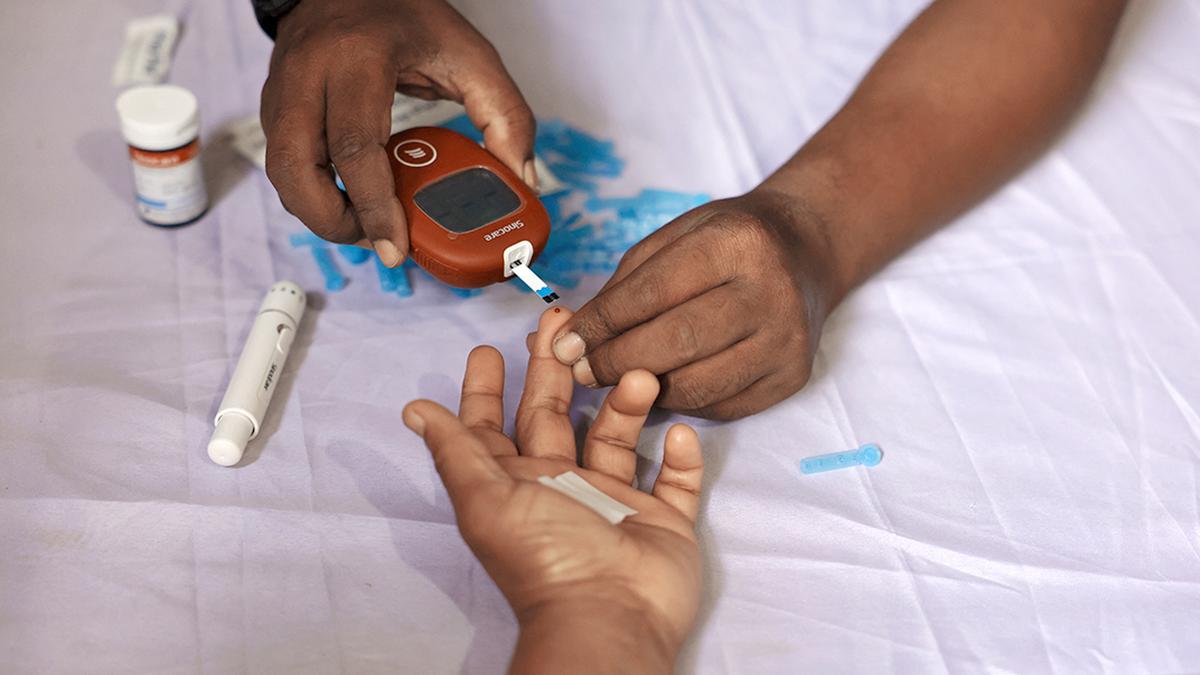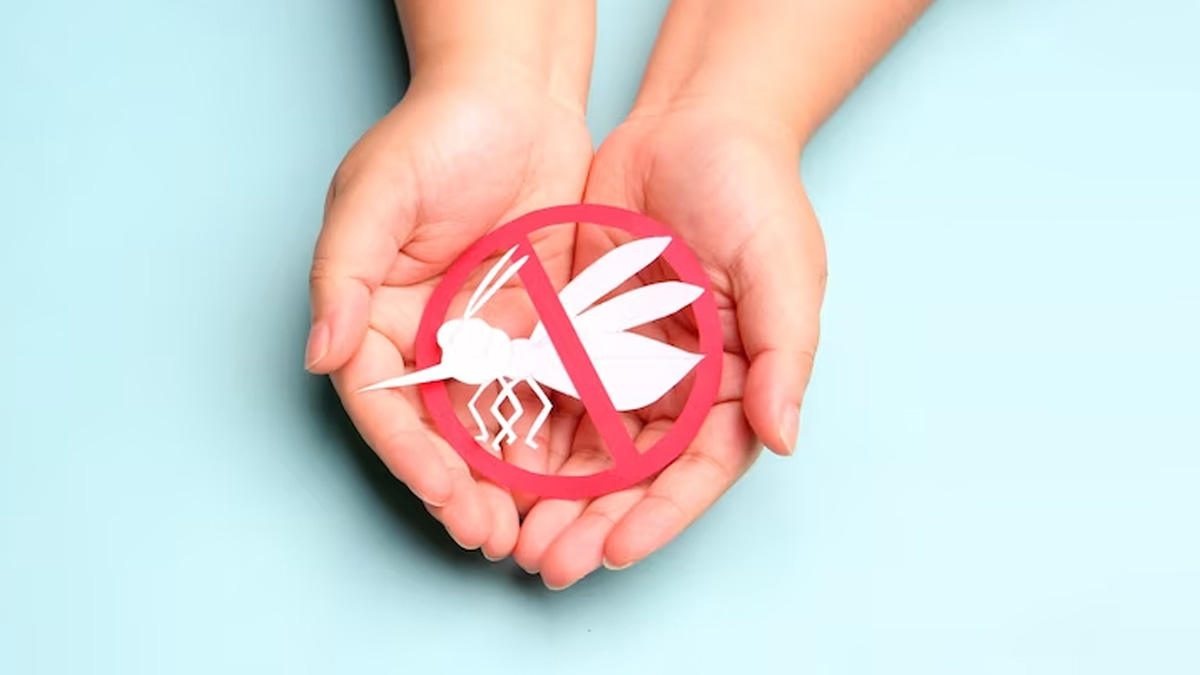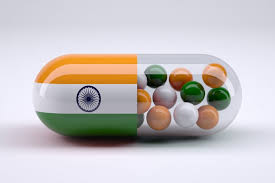World Trauma Day, observed annually on October 17th, highlights a crucial global issue: trauma. Trauma, whether caused by road accidents, natural disasters, or violence, is a leading cause of death and disability worldwide. This day serves to raise awareness, promote prevention strategies, and improve trauma care systems across the globe.
World Trauma Day was first observed in 2011 to draw attention to the increasing impact of trauma globally. Trauma refers to physical injuries or damage to the body caused by accidents or violence. It encompasses a wide range of conditions, from minor cuts and fractures to life-threatening injuries like head trauma, spinal injuries, and organ damage.
The key aim of World Trauma Day is to educate people on the importance of trauma prevention, encourage governments and organizations to improve trauma care infrastructure, and promote measures that reduce trauma-related mortality and disability. By focusing on these aspects, the day highlights the need for a collective approach to addressing trauma, which can affect anyone, regardless of age, location, or socioeconomic status.
Trauma is one of the leading causes of death and disability worldwide, particularly among younger populations. Road accidents alone kill over 1.35 million people each year globally, with many more left injured and disabled. The World Health Organization (WHO) reports that trauma is responsible for 9% of global mortality, making it a significant public health issue.
Developing countries, including India, are disproportionately affected. In many low- and middle-income nations, healthcare infrastructure is insufficient to manage the aftermath of trauma effectively. This leads to higher mortality rates and longer recovery periods for those affected by trauma. Improving trauma care systems, implementing effective road safety laws, and promoting public education on prevention can dramatically reduce trauma’s impact.
India ranks among the countries with the highest number of road traffic accidents, contributing significantly to the global burden of trauma. The World Health Organization has recognized India's alarming rates of road accident fatalities. Every year, India reports close to 150,000 deaths due to road accidents, with many more people suffering from permanent disabilities. In such a context, World Trauma Day holds special importance as it aims to address the trauma care gaps in the country.
One of the key focus areas of World Trauma Day in India is road safety. A significant proportion of trauma cases in the country arise from road traffic accidents, with a large number of victims being young adults, often the primary breadwinners of their families. Despite numerous initiatives, such as awareness campaigns and stricter traffic regulations, road accidents continue to take a heavy toll on Indian society.
In recent years, several states in India have taken proactive measures to enhance trauma care. Initiatives such as the "Golden Hour" campaigns emphasize the importance of providing immediate medical assistance to trauma victims within the first hour of injury. It is estimated that effective care during this period can prevent up to 50% of trauma-related deaths. Many states have set up trauma care centers and launched training programs for first responders to improve the survival chances of accident victims.
Despite the growing awareness around trauma care, India faces significant challenges in managing trauma-related injuries. Inadequate healthcare infrastructure, a shortage of trained personnel, and delays in medical response often lead to preventable deaths. Many rural areas in India are particularly underserved in terms of trauma care facilities, forcing patients to travel long distances to access care, often at the cost of their lives.
To address these issues, the government of India has introduced several initiatives aimed at improving trauma care services. One of the most significant of these is the National Programme for Trauma Care, which aims to establish a network of trauma centers across the country. These centers are designed to provide immediate medical attention to trauma patients, reducing the time taken to administer life-saving care.
Furthermore, the government has been promoting the use of telemedicine to bridge the gap between urban and rural healthcare facilities. By enabling doctors in remote areas to consult with specialists through telecommunication technologies, trauma victims can receive better care in areas where specialized medical services are scarce.
Another solution is improving public education on road safety and first-aid techniques. Programs aimed at teaching citizens basic life-saving skills can play a crucial role in reducing trauma-related mortality. First responders and bystanders can make a significant difference in the survival chances of trauma victims if they know how to provide initial care before medical help arrives.
Prevention is a critical aspect of trauma care. World Trauma Day is an opportunity to highlight the various strategies that can help prevent trauma in the first place. These strategies include enforcing stricter road safety laws, promoting the use of seat belts and helmets, improving vehicle safety standards, and ensuring safer road infrastructure.
Public health campaigns that educate people about the dangers of reckless driving, drunk driving, and speeding can help reduce the number of road accidents. In addition, creating awareness around the use of child restraints in vehicles and encouraging pedestrian safety measures can prevent accidents involving vulnerable road users, such as children and the elderly.
Governments and non-governmental organizations (NGOs) play a vital role in advocating for trauma prevention measures. In India, organizations like the Indian Red Cross and SaveLIFE Foundation have been instrumental in raising awareness about road safety and advocating for stronger policies. The introduction of the Motor Vehicles (Amendment) Act in 2019 was a significant step towards improving road safety in India. The act introduced harsher penalties for traffic violations and emphasized the importance of road safety education.
Advances in technology are playing an increasingly important role in improving trauma care. In India, digital tools like mobile apps and real-time monitoring systems have been integrated into trauma care strategies to ensure timely intervention and better management of trauma cases.
One example of this is the use of the "eTrauma" app, which allows first responders to share real-time information about a trauma victim's condition with healthcare professionals. This helps hospitals prepare for the patient's arrival and ensures that appropriate medical teams are on hand to provide immediate care.
Additionally, the use of drones for delivering medical supplies in remote areas is being explored as a way to overcome the challenges posed by India's vast and diverse terrain. By deploying drones to transport blood, medication, and other essential medical supplies, healthcare providers can ensure that trauma patients in remote areas receive the care they need in a timely manner.
Here are some interesting facts related to trauma care and prevention:
1. Golden Hour Concept: The concept of the "Golden Hour" refers to the critical time period following a traumatic injury when prompt medical treatment can significantly improve survival chances. This concept is particularly relevant in road traffic accidents, where immediate care can prevent severe complications and save lives.
2. Road Safety and Trauma Prevention: According to WHO, wearing a seat belt reduces the risk of death by 45% for front-seat passengers and up to 50% for rear-seat passengers. Similarly, wearing a helmet can reduce the risk of head injury by nearly 70%.
3. First Aid Training: In countries like Norway, it is mandatory for citizens to undergo first-aid training as part of their driver's license test. This ensures that drivers are equipped to provide basic life-saving care in case of accidents, a model that India could benefit from adopting.
World Trauma Day serves as a reminder that trauma is a preventable public health issue. By implementing effective prevention strategies, improving trauma care systems, and educating the public on the importance of road safety and first aid, we can reduce the global burden of trauma.
In India, where trauma-related injuries are particularly prevalent, World Trauma Day is an opportunity to strengthen the country's commitment to preventing and managing trauma. By investing in healthcare infrastructure, promoting road safety education, and leveraging technology, India can make significant strides in reducing trauma-related mortality and improving the quality of care for trauma victims.
As we commemorate World Trauma Day, let us commit to making the world a safer place for everyone by addressing the root causes of trauma and ensuring that those affected by it receive the care and support they need to recover fully.

 By implementing effective prevention strategies, improving trauma care systems, and educating the public on the importance of road safety and first aid, we can reduce the global burden of trauma.
By implementing effective prevention strategies, improving trauma care systems, and educating the public on the importance of road safety and first aid, we can reduce the global burden of trauma.










.jpeg)

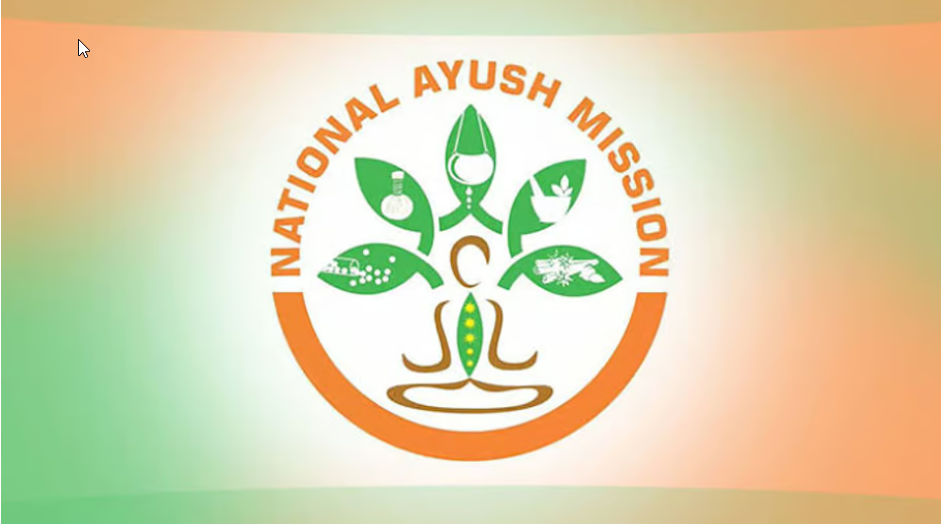
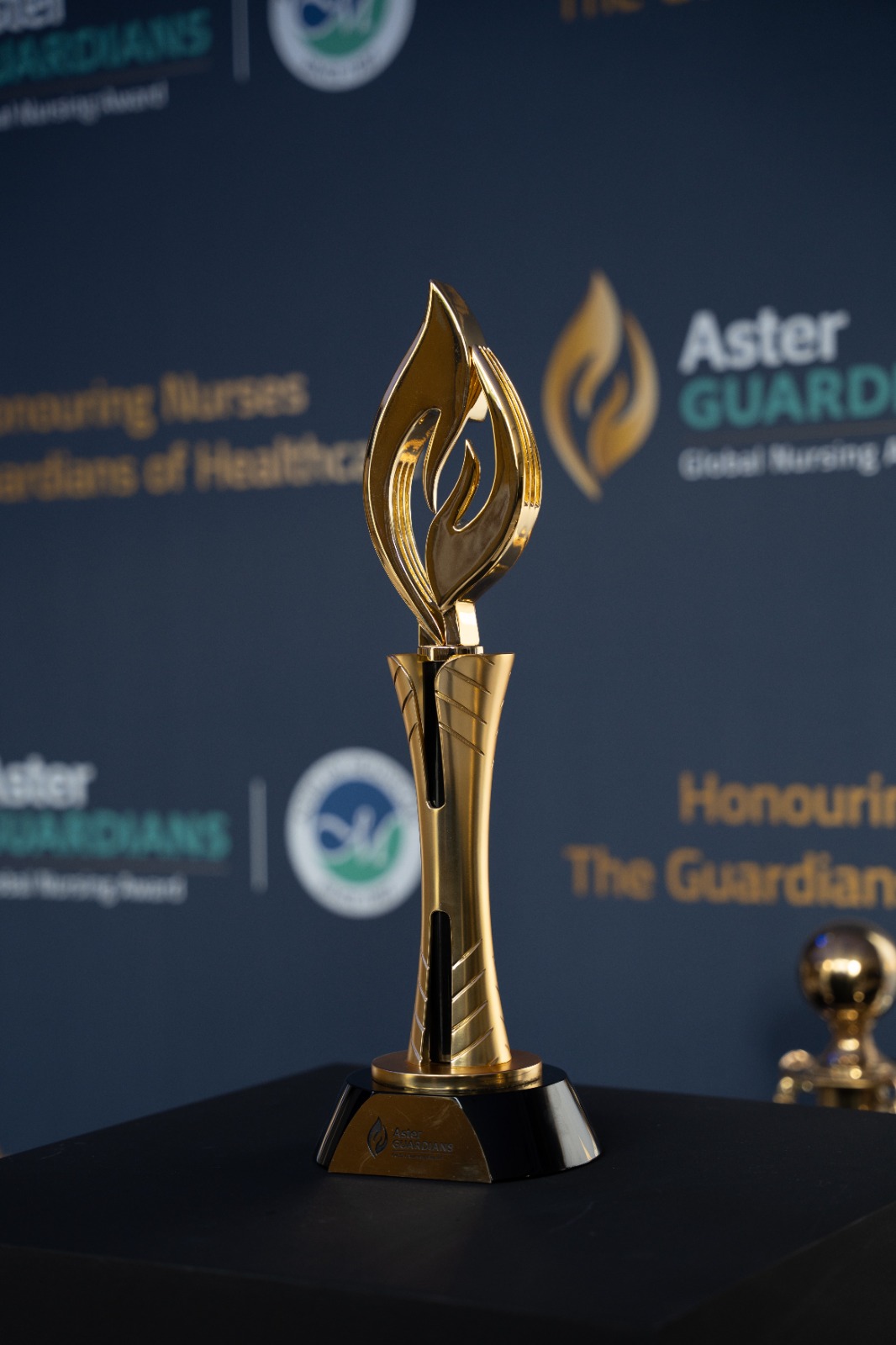

.jpeg)

.jpg)
